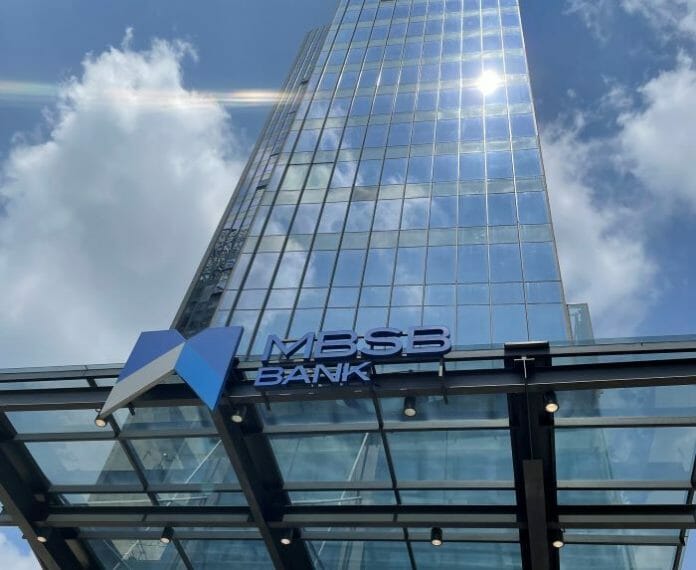Malaysia Building Society (MBSB) posts a 1HFY23 net profit of RM157.8m. Although the group registered trivial credit cost of 3 basis points, guidance for full-year readings to stand at 30-35 basis points could indicate significantly heftier provisions to come in 2HFY23.
“No dividend was declared as expected, given the group’s trend of single payments. 1HFY23 total income came off by 29% mainly on the back of diminishing Net Interest Margin (NIM) on significantly higher funding costs affecting its net Islamic income,” said Kenanga Research (Kenanga) in the recent Results Note.
That said, the group is able to improve its gross financing base by 9%. No thanks to the lower top line, cost-income ratio surged to 55.8% with some added personnel cost from collective agreement adjustments.
With the help of writebacks from better staging in its consumer segment, the group’s credit cost showed significant improvement to 3 basis points. Despite this, 1HFY23 net profit still reported lower at RM157.8m from the lower income.
“The group is setting up efforts to keep near-term prospects sustainable. To address its poor funding mix, the group hopes to uplift its Current Account Savings Account (CASA) levels by improving MBSB’s banking experience,” said Kenanga.
The group opts that by introducing more holistic offerings, newer consumers may identify MBSB as preferred bank. The group aspires to build its corporate portfolio where it now has a higher mix of retail and SMEs.
Malaysian Industrial Development Finance (MIDF)’s existing propositions appear to have little overlap with MBSB’s suite of products. This could present a more complementary relationship where cross-selling opportunities may arise.
“We opine the group may benefit greatly from the introduction of wealth management products to its customers,” said the research house.
In the longer term, should a higher CASA mix materialise, the lower translated funding cost could provide greater flexibility to the group
to offer more attractive financing rates. This could also be a catalyst to increase long-term financing growth going forward.
In terms of capital management, the group’s loan loss coverage stands at below 60%. The group is looking to revisit its non-performing portfolio to reoptimise its coverage. Kenanga opines the group may need to inject further allowances as a more reactive and immediate measure. This could be in the same tune to meet its 30-35 basis points credit cost guidance.
“Although credit cost is expected to be loftier in 2HFY23, we narrowed our credit cost input from 35 basis points to 30 basis points to be in line with the lower range of the group’s guidance, as further writebacks may improve readings,” said the research house, recommending a Target Price of RM0.59 and maintaining the Underperform rating.
While investors may be keeping close tabs on the integration of MIDF into the group’s operations, synergies may only be extracted in a longer term.
Additionally, the group may also require greater efforts to reoptimize its funding mix especially given its low CASA levels, which may make it less attractive than its peers.
“Risks to our call include lower-than-expected margin squeeze, higher-than-expected loans growth, slower-than-expected deterioration in asset quality, further gains in capital market activities, favourable currency fluctuations, and changes to overnight policy rate,” said Kenanga.









